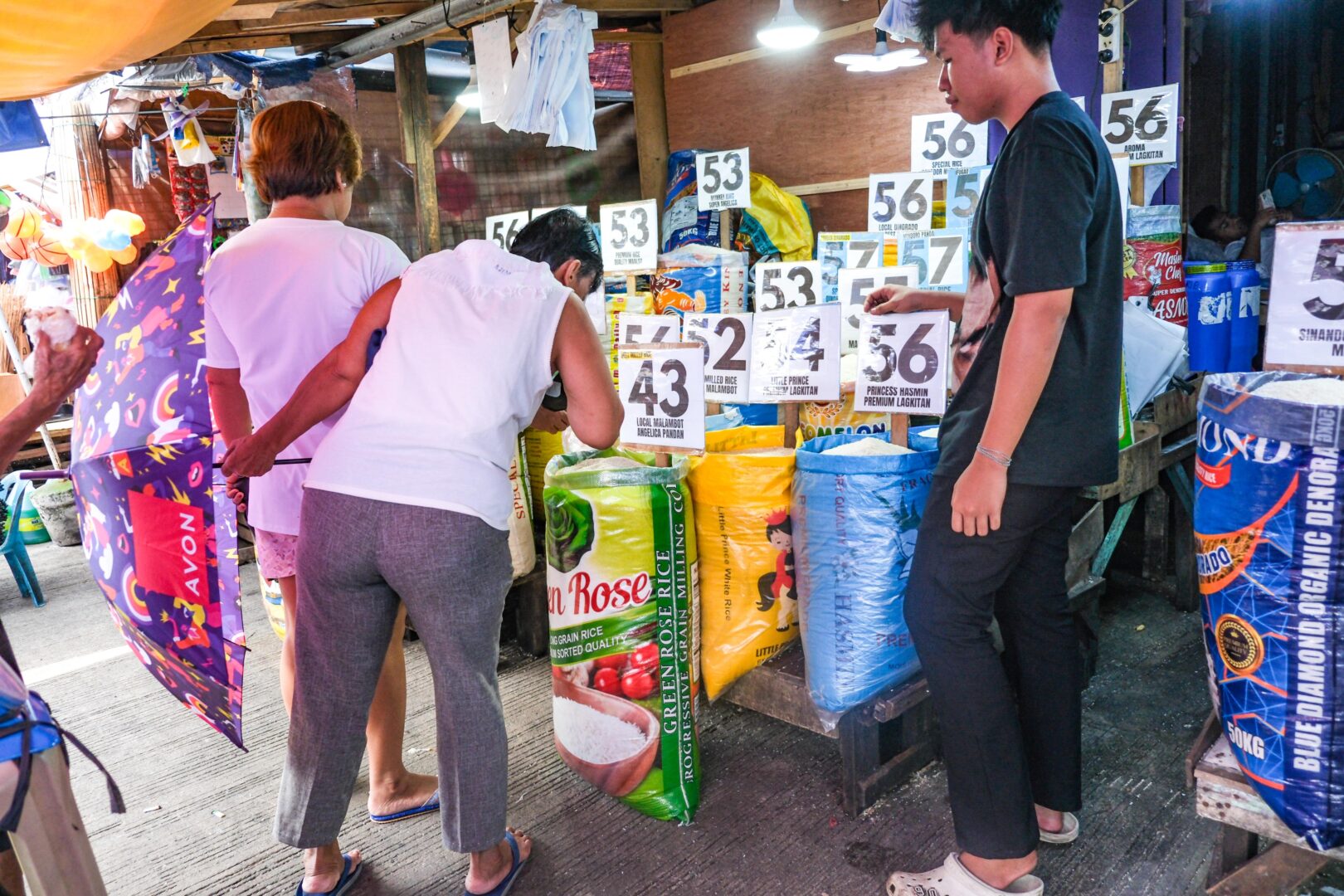The increase in consumer prices further accelerated in September due to the double-digit spike in the price of rice despite the implementation of the price cap last month.
President Ferdinand Marcos Jr. lifted the price cap — P41 per kilo for regular milled rice and P45/kilo for well-milled rice — on Wednesday.
The latest figures from the Philippine Statistics Authority, or PSA, showed that the country’s headline inflation rate increased by 6.1 percent last month, its sharpest rise in four months.
The cited percentage is above the 5.5 percent forecast in a DAILY TRIBUNE poll of economists earlier this week and the 5.3 percent rate recorded in August. The latest reading also placed the inflation rate at the upper end of the Bangko Sentral ng Pilipinas’ September projection.
Mixed compliance
The Food and Non-Alcoholic Beverages index recorded an inflation print of 9.7 percent, mainly because of the faster upward movement of rice prices. Food and beverages contributed 84.4 percent to the overall increase.
Rice inflation soared 17.9 percent year-on-year, the fastest pace since March 2009, and more than double the 8.7 percent in August, despite President Ferdinand Marcos Jr. imposing the rice price cap for nearly a month.
“The significant contributor to the increase in inflation of food and non-alcoholic beverages is the faster rise in the prices of cereals and cereal products. An example of this is rice,” National Statistician Dennis Mapa said in a virtual briefing.
The transport sector, whose rate increased from 0.2 percent to 1.2 percent in September, is the second commodity group to contribute to the overall acceleration of inflation last September.
Other commodity groups that experienced larger year-on-year increments include health (4.1 percent from 3.9 percent), recreation, sport, and culture (5.1 percent from 4.9 percent), and education services (3.6 percent from 2.9 percent).
When asked if the price controls successfully reduced rice inflation, Mapa said compliance was “mixed” across different regions.
Only 640 of the 2,601 regularly milled rice products under observation, he said, were within the P41 per kilo price cap.
Regarding well-milled rice, 687 out of 3,498 items complied with the P45 per kilo price ceiling, or around 20 percent, he pointed out.
Mapa, however, acknowledged that more research is necessary to determine the effectiveness of the pricing control techniques.
Although inflation jumped unexpectedly during the month of September, China Banking Corp. chief economist Domini Velasquez expects headline inflation to decline moving forward.
Rate hike
“Fourth quarter inflation prints will benefit from favorable base effects. Additionally, early indicators show that inflationary pressures could be easing — the rice harvest season is underway,” Velasquez said.
“However, the September inflation print increases the chance of a BSP rate hike in November, despite the supply-side nature of the recent shocks,” she added.
Albay Rep. Joey Salceda and Quezon Rep. Mark Enverga shared the same sentiment that the lifting of the rice price cap should ease the effects of the inflation this October.
Aside from the rice price hikes, rising global oil prices was also to blame for the latest inflation figure, Salceda said.
“Food prices still need to be watched out for, especially because the ‘ber’ months typically tend to be bonus season, which is naturally inflationary,” he said. Enverga said the ongoing harvest season will stabilize prices and alleviate the economic pressures on the public.
